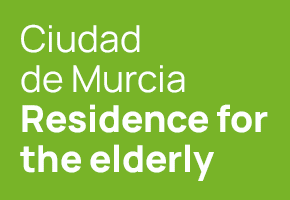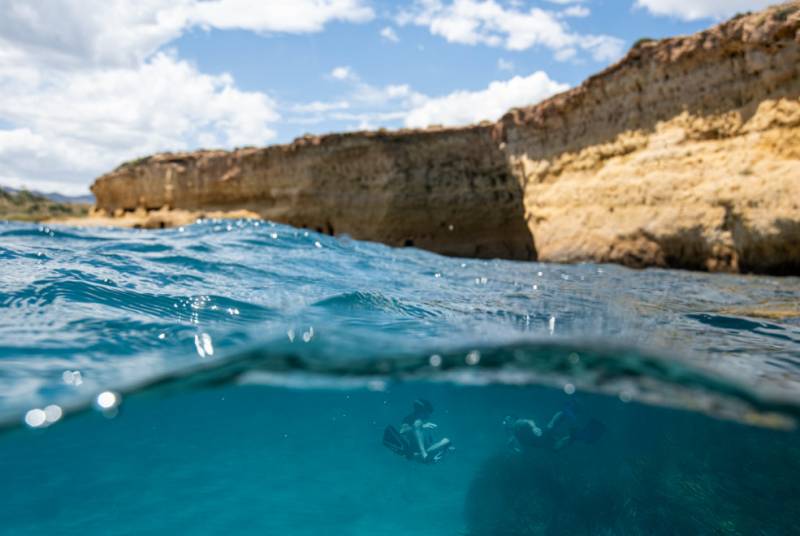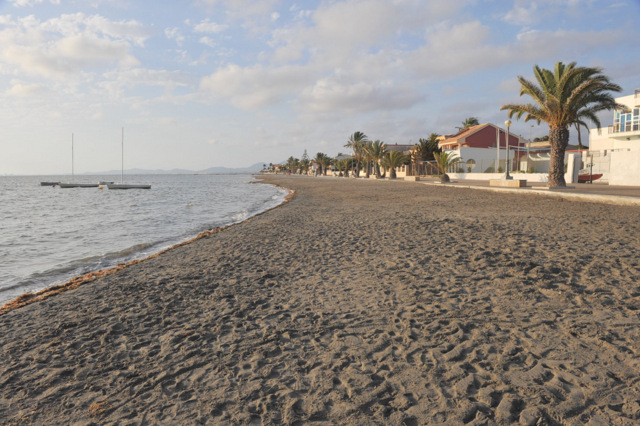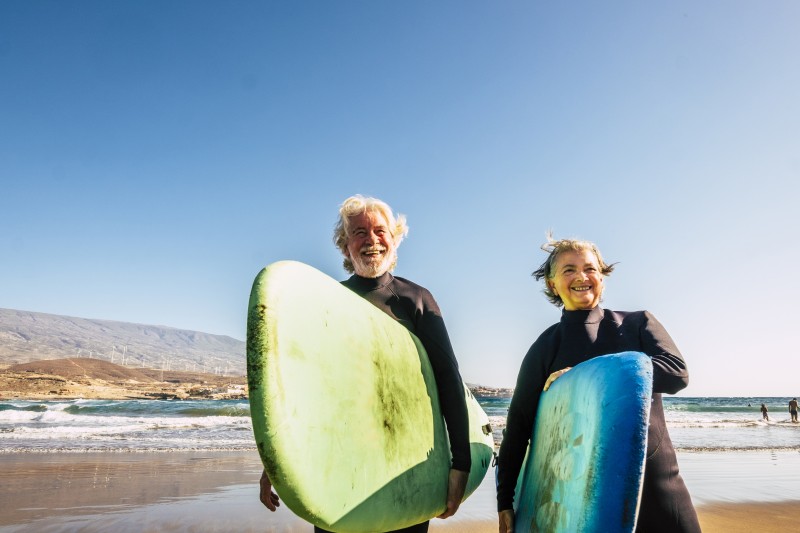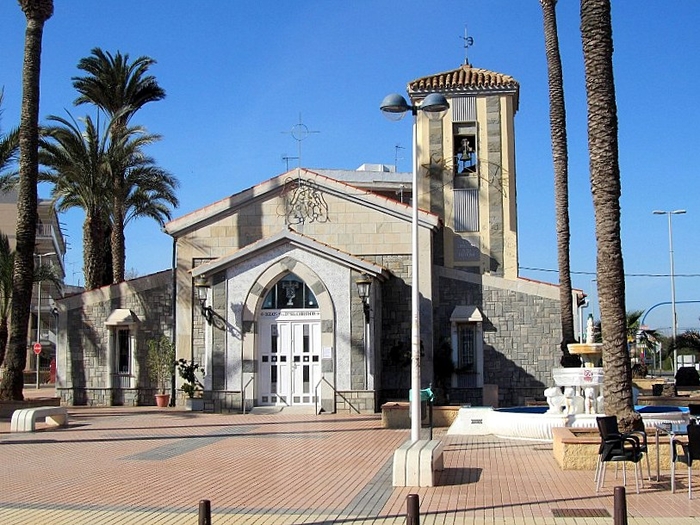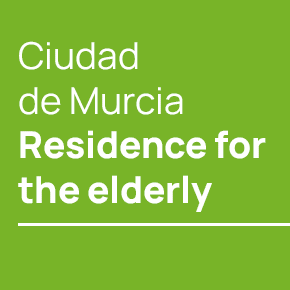

Guidelines for submitting articles to Mazarron Murcia
Hello, and thank you for choosing Mazarron Murcia to publicise your organisation’s info or event.
Mazarron Murcia is a website set up by Murcia Today specifically for residents of the urbanisation in Southwest Murcia, providing news and information on what’s happening in the local area, which is the largest English-speaking expat area in the Region of Murcia.
When submitting text to be included on Mazarron Murcia, please abide by the following guidelines so we can upload your article as swiftly as possible:
Send an email to editor@spaintodayonline.com or contact@murciatoday.com
Attach the information in a Word Document or Google Doc
Include all relevant points, including:
Who is the organisation running the event?
Where is it happening?
When?
How much does it cost?
Is it necessary to book beforehand, or can people just show up on the day?
…but try not to exceed 300 words
Also attach a photo to illustrate your article, no more than 100kb

Date Published: 11/04/2025
New high-tech tool to track the health of the Mar Menor
An algorithm will monitor the chlorophyll level of the Mar Menor using satellite images
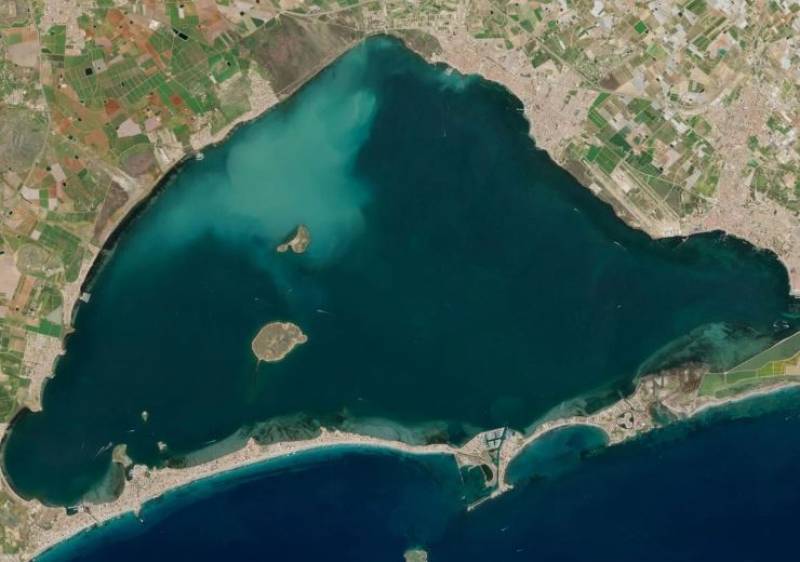
A team of Spanish researchers has developed an innovative tool called Bela, designed to monitor the health of the Mar Menor lagoon using satellite images. This breakthrough algorithm helps estimate chlorophyll concentrations in the water, which is crucial for detecting nutrient pollution, a major environmental concern known as eutrophication that has devastated marine life in the past.
Chlorophyll levels are a key indicator of this process, which can lead to massive algal blooms and the death of aquatic fauna. As one of the biggest threats to aquatic ecosystems worldwide, eutrophication is a serious issue and tracking chlorophyll concentrations is "essential for monitoring the environmental status of the Mar Menor," according to the United Nations.
The Bela algorithm, published in the journal Remote Sensing Applications: Society and Environment, overcomes the unique challenge of analysing the Mar Menor's shallow and optically complex waters.
Developed by researchers from the IEO’s oceanographic centres, along with the Polytechnic University of Valencia and the University of Malaga, it’s now possible to obtain precise chlorophyll data, using current and future satellite sensors.
Initial results show signs that the colour of the lagoon has been gradually changing since 2008, with the first major algal bloom recorded in 2015.
"The analysis of satellite images using 'Bela', combined with other environmental data, will allow us to better understand the evolution of the Mar Menor and contribute to its recovery," explains Francisco Gómez-Jakobsen, IEO researcher and primary author of the study.
The research team is currently working on integrating Bela into early warning systems and web viewers, with the goal of providing regular information on chlorophyll concentrations in the lagoon. This new tool will complement the data collected by a sensor network recently installed in the Mar Menor by the Belich project, which provides near-real-time oceanographic and environmental information.
This project aims to study, monitor and model the Mar Menor lagoon ecosystem. It is part of the Framework of Priority Actions for the Recovery of the Mar Menor and is funded by the Ministry for Ecological Transition and the Demographic Challenge through Next Generation funds from the European Union.
Image: Copernicus
Contact Murcia Today: Editorial 000 000 000 /
Office 000 000 000






